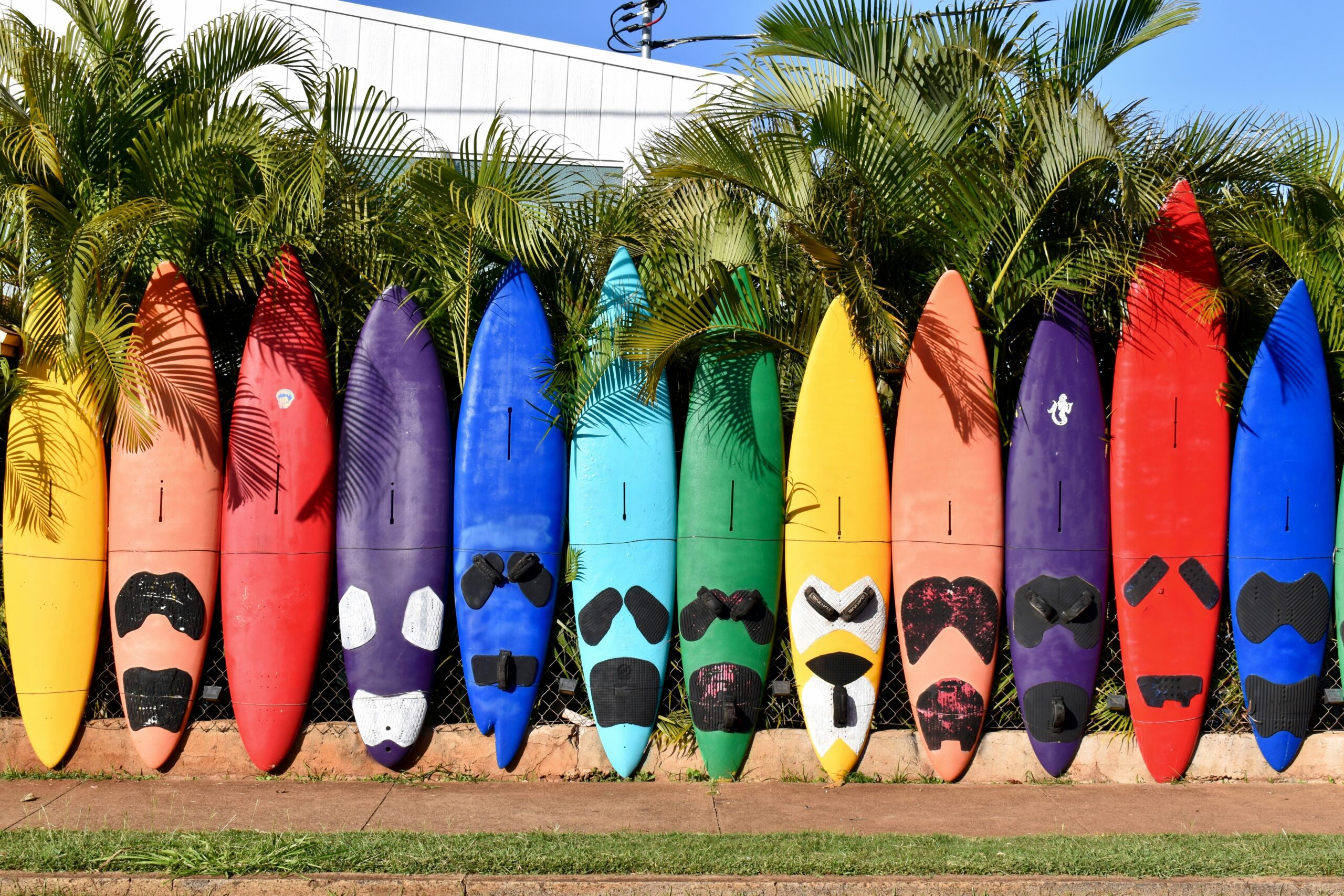Introduction
The rhythmic crash of waves, the thrill of riding the surf—it’s a lifestyle intertwined with the ocean’s pulse. Yet, as surfers, adventurers, and lovers of the sea, it’s our responsibility to protect the very waters we call our playgrounds. This blog aims to delve into the incredible world of surfing while spotlighting the crucial role surfers play in preserving the fragile ecosystems that line our coastlines.
Surfers and Conservation Groups: A Unified Front for Coastal Protection
Surfers, deeply connected to the ocean, have forged impactful partnerships with conservation organizations, synergizing their love for the waves with a commitment to preserving coastal ecosystems. These collaborations harness the passion and influence of the surfing community to drive initiatives that safeguard marine environments.
Initiatives for Coastal Cleanup and Marine Protection
Across the globe, surfers and environmental organizations unite for coastal cleanup efforts. Events like beach cleanups mobilize volunteers, including surfers, to remove debris, plastics, and pollutants that threaten marine life. These initiatives not only restore the pristine beauty of coastlines but also raise awareness about responsible waste disposal.
Moreover, joint initiatives focus on marine protection by advocating for the establishment of marine protected areas (MPAs) and supporting policies to mitigate pollution and overfishing. Surfers, with their firsthand experiences of ocean degradation, lend their voices to campaigns aimed at preserving critical habitats and biodiversity hotspots.
Restoration Projects and Their Impact on Coastal Biodiversity
Collaborative projects spearheaded by surfers and conservation groups emphasize coastal restoration efforts. Initiatives like dune restoration, mangrove planting, and coral reef rehabilitation aim to revive damaged ecosystems. These projects not only restore natural habitats but also bolster biodiversity by providing sanctuaries for marine species.
The impact of these partnerships extends beyond immediate cleanup efforts. By actively engaging in conservation initiatives, surfers become ambassadors for change, inspiring communities to value and protect coastal ecosystems. Their involvement amplifies awareness about the interconnectedness of healthy oceans and vibrant surfing experiences, fostering a culture of stewardship among enthusiasts and coastal residents alike.
These partnerships symbolize a powerful fusion of passion and purpose, where surfers channel their love for the waves into meaningful action, leaving a lasting legacy of thriving coastal environments.

Surfing Events and Environmental Initiatives
Surfing events globally are increasingly aligning their focus not just on competition but also on fostering environmental stewardship. Many competitions have emerged as champions of coastal conservation, integrating initiatives that promote environmental awareness and sustainable practices.
Beach Cleanups and Plastic-Free Initiatives
Several surfing events now incorporate beach cleanups as integral parts of their schedules. Competitors, volunteers, and spectators join forces to remove debris, plastics, and other pollutants from the shorelines. These initiatives extend beyond mere cleanup, often involving educational programs that highlight the impact of plastic pollution on marine ecosystems. Additionally, events are embracing plastic-free initiatives by reducing single-use plastics and encouraging the use of eco-friendly alternatives.
Eco-Friendly Practices at Surfing Events
From reducing carbon footprints to implementing waste reduction strategies, surfing competitions are adopting eco-friendly practices. Event organizers are increasingly mindful of their environmental impact by utilizing renewable energy sources, encouraging public transportation, and implementing waste sorting and recycling programs. Some events even go the extra mile by incorporating sustainable materials in event infrastructure and providing water stations to reduce plastic bottle usage.
Raising Consciousness about Coastal Conservation
Surfing events serve as influential platforms to raise consciousness about coastal conservation. They attract a diverse audience passionate about the sport and provide a unique opportunity to disseminate crucial messages about protecting our oceans. Through various activities, workshops, and outreach programs, these events educate attendees about the importance of preserving coastal ecosystems, fostering a sense of responsibility and inspiring action within the surfing community and beyond.
By merging the thrill of competition with a commitment to environmental stewardship, surfing events become catalysts for change. They amplify the call for sustainable practices, foster a deeper connection with coastal environments, and ignite a sense of responsibility towards safeguarding our oceans for future generations.
Empowering Surfers for Coastal Preservation
Surfers possess a profound connection to the ocean, making them natural advocates for coastal preservation. Encouraging local surf communities to play an active role in conservation efforts is a pivotal step towards safeguarding our precious coastal habitats.
Educating Surfers about Coastal Conservation
Empowerment starts with education. By enlightening surfers about the significance of protecting coastal ecosystems, we instill a sense of responsibility and stewardship. Surfing communities can benefit immensely from workshops, seminars, and educational campaigns focusing on the delicate balance of marine ecosystems, the impact of pollution, and the importance of biodiversity.
Understanding that their playground is at risk motivates surfers to become ambassadors for change. They witness firsthand the effects of plastic pollution, coastal erosion, and habitat degradation. Through targeted educational programs, surfers can grasp the interconnectedness of their actions and the health of the ocean, fostering a commitment to preserving it.
Surfers Leading Conservation Initiatives
Surfers worldwide are already at the forefront of community-based conservation initiatives. From organizing beach clean-ups and advocating for sustainable coastal development to collaborating with local authorities and conservation groups, surfers are driving tangible change.
Take, for instance, grassroots movements where surfers unite to protect their favorite surf spots. These initiatives mobilize communities to restore coastal habitats, implement recycling programs, and raise awareness about responsible waste disposal. Surfers, as passionate stewards of the ocean, leverage their influence to inspire collective action.
Showcasing these success stories not only celebrates the impact surfers can have but also serves as inspiration for other communities. By highlighting the initiatives led by surfers, we illuminate the potential of collective action in preserving our coastal treasures.
Engaging surfers as advocates for coastal preservation is more than a conservation strategy; it’s a movement driven by passion, knowledge, and a deep-rooted love for the ocean. Empowering these communities empowers the ocean itself, ensuring its vitality for generations of surfers to come.
Sustainable Surfing Practices for a Greener Future
Surfing, a beloved water sport, can embrace sustainability through mindful choices in equipment, tourism, and lifestyle. Here’s how surfers can reduce their environmental footprint:
Sustainable Surfboard Materials
Opting for eco-friendly surfboard materials like recycled foam, algae-based resins, or sustainably harvested wood significantly reduces the environmental impact. These materials offer durability and performance while minimizing the use of non-renewable resources and harmful chemicals.
Eco-Friendly Wetsuits
Conventional neoprene wetsuits are petroleum-based and non-biodegradable. However, eco-conscious surfers can choose wetsuits made from materials like limestone neoprene or natural rubber sourced sustainably from trees. These alternatives provide warmth and flexibility without compromising the environment.
Sustainable Surf Tourism
Surf tourism can positively impact local communities and ecosystems when done responsibly. Supporting accommodations and businesses committed to eco-friendly practices, minimizing waste, conserving water, and respecting local cultures and environments are integral to sustainable surf travel.
Responsible Surfing Practices
Surfers play a vital role in protecting marine ecosystems. By picking up litter, avoiding single-use plastics, and respecting marine life and habitats, surfers can contribute to cleaner oceans. Additionally, using reef-safe sunscreens and staying informed about coastal conservation efforts are essential steps in minimizing environmental harm.
Embracing Sustainable Lifestyles
Beyond the waves, surfers can extend their sustainability efforts to daily life. Choosing reusable products, reducing carbon footprints through eco-friendly transportation, supporting ethical brands, and advocating for environmental policies contribute significantly to a sustainable lifestyle.
Surfing is not just a sport; it’s a lifestyle intertwined with nature. Embracing sustainable practices within the surfing community can preserve the oceans and coastlines, ensuring future generations can continue to enjoy the thrill of riding the waves while safeguarding the planet.
Video Credit: The Ocean Foundation
FAQs
Q. What Exactly is Carving in Surfing?
A. Carving refers to making smooth and flowing turns on the wave face, utilizing the board’s edges to follow the wave’s curves.
Q. How Can Carving Improve Surfing Performance?
A. By enabling surfers to maintain speed and control, carving enhances maneuverability, allowing for fluid and stylish wave riding.
Q. Are There Different Types of Carving Techniques?
A. Yes, there are varied carving styles, including cutbacks, roundhouse turns, and power carves, each serving distinct purposes on the wave.
Q. What Determines the Success of Carving Moves?
A. The success of carving maneuvers hinges on balance, speed generation, wave selection, and precise board control.
Q. Can Beginners Learn Carving Techniques Quickly?
A. While carving demands practice, beginners can grasp basic carving principles with consistent effort and expert guidance.
Q. Is Carving Essential for Every Surfer’s Skill Set?
A. Carving isn’t mandatory but serves as a foundational technique, enhancing a surfer’s repertoire and surfing experience.
Conclusion
As we paddle away from these words and back into the waves, let’s remember our duty as stewards of the ocean. Surfing isn’t just a sport; it’s a bridge between us and the magnificent, delicate world beneath the surface. Through partnerships, events, community engagement, and sustainable practices, surfers can be the vanguards of change, ensuring that future generations can experience the same thrill of riding waves in pristine, thriving coastal ecosystems. Together, let’s continue to ride the waves of conservation, safeguarding our oceans—one wave at a time.
UP NEXT
Surfing and Environmental Conservation: Protecting Our Oceans



